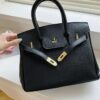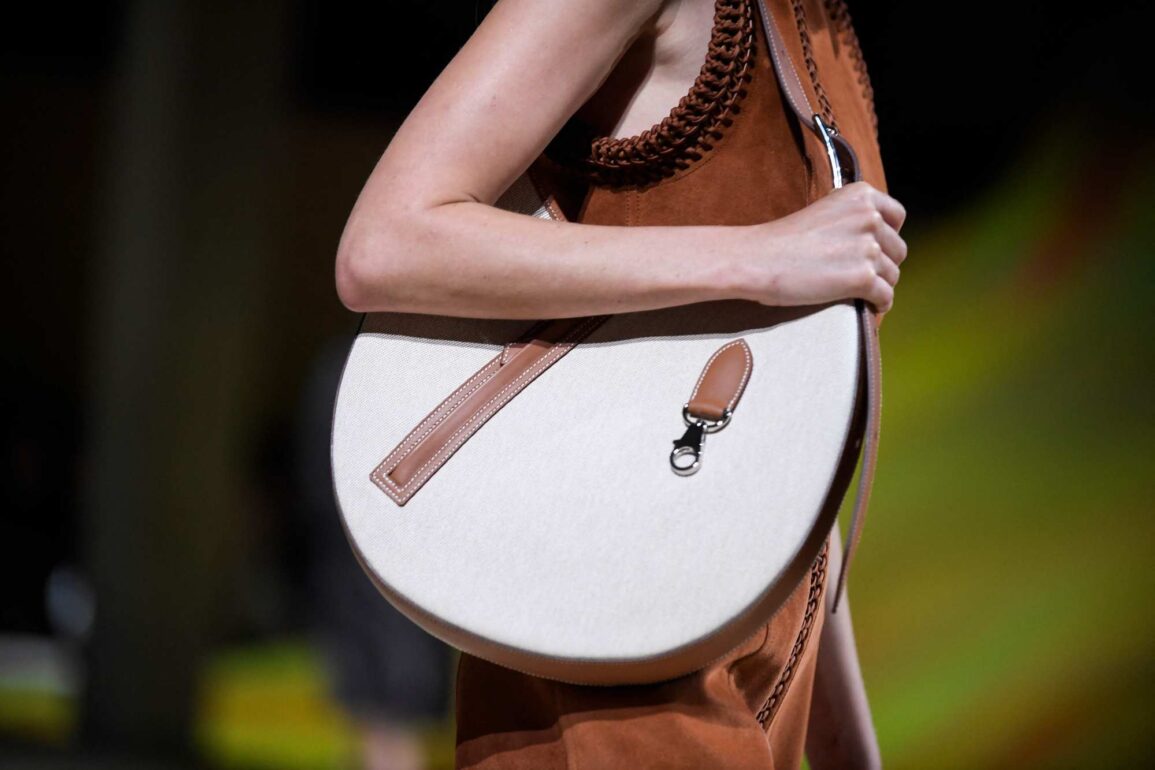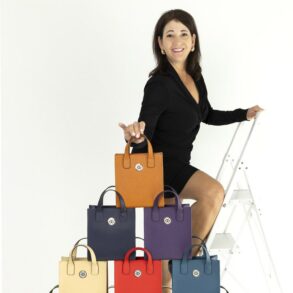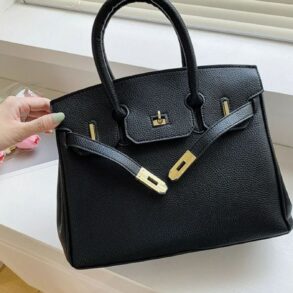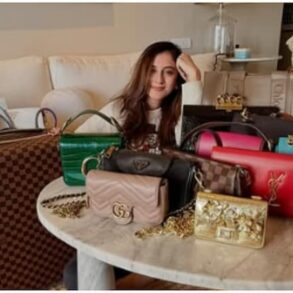The zip on a luxury handbag is more than just a detail: it can be one of the best ways to tell whether it’s the real deal or a cheap copy.
It works with the designs of brand stylists, such as colourful teeth that form a pattern, or pull tabs and sliders that look like jewellery. They are then manufactured in small batches of 60 or more.
“For these quantities our competitors in Asia don’t even start their machines,” says Renato Usoni, president of the luxury division of Riri’s owner, Swiss conglomerate Oerlikon.
In a market that Usoni has estimated to be worth €3.5 billion to €4 billion (US$3.75 billion to US$4.3 billion), prices range from €2 per zip to €20,000 for a gold one – with the average price around 50 times higher than in Asia.
“If you paid thousands of euros for a handbag or a pair of boots, the zipper must be perfect,” says Usoni.
‘A beautiful dress becoming something else’: haute couture from upcycling
‘A beautiful dress becoming something else’: haute couture from upcycling
Its zips are machine-tested at length to check their resilience and ensure that the logos and monograms do not fade with wear.
Riri’s origins date back to 1923, when the Swiss businessman Martin Othmar Winterhalter bought a zip patent from the Swedish-American engineer Gideon Sundback and opened a factory in Germany.
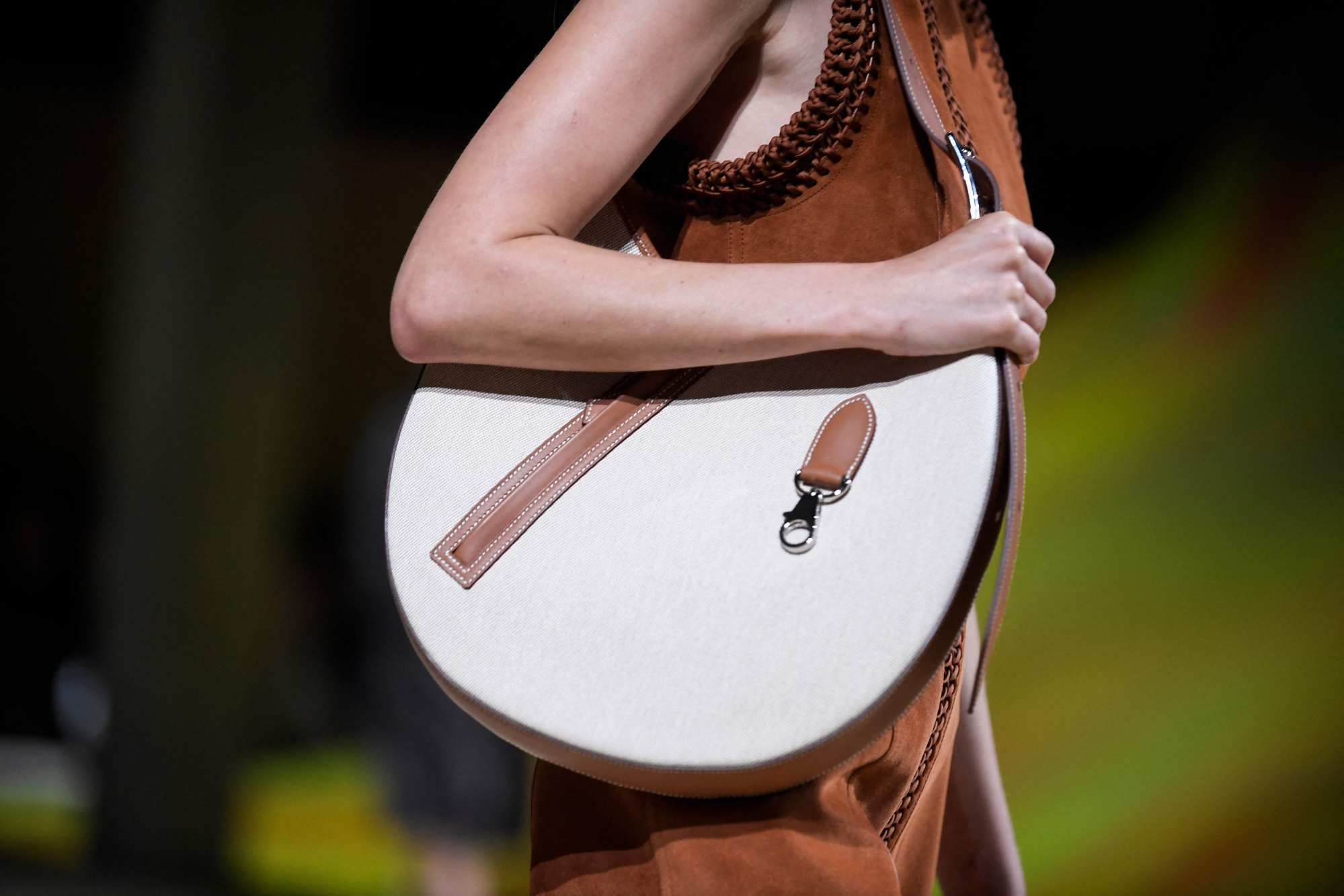
Given the high production costs in Switzerland, the company gradually shifted its focus to luxury.
More recently, Riri sought to expand into physical vapour deposition (PVD) technology, a process of coating metals to protect against corrosion, which is one of Oerlikon’s specialities.
PVD coating is used in aeronautics, cars and industrial tools and Oerlikon was trying to offer the technology to luxury brands – although not without difficulties.
Markus Tacke, chief executive at Oerlikon surface solutions, says they were speaking in completely different languages.
“In luxury, you talk colours, how it feels when you touch,” he says. “In industry, you talk hardness, abrasiveness. So it’s different terms.”
To break into the luxury sector, in 2021 Oerlikon bought the French company Coeurdor, which makes clasps, rings and belt buckles, and then bought Riri in March 2023.
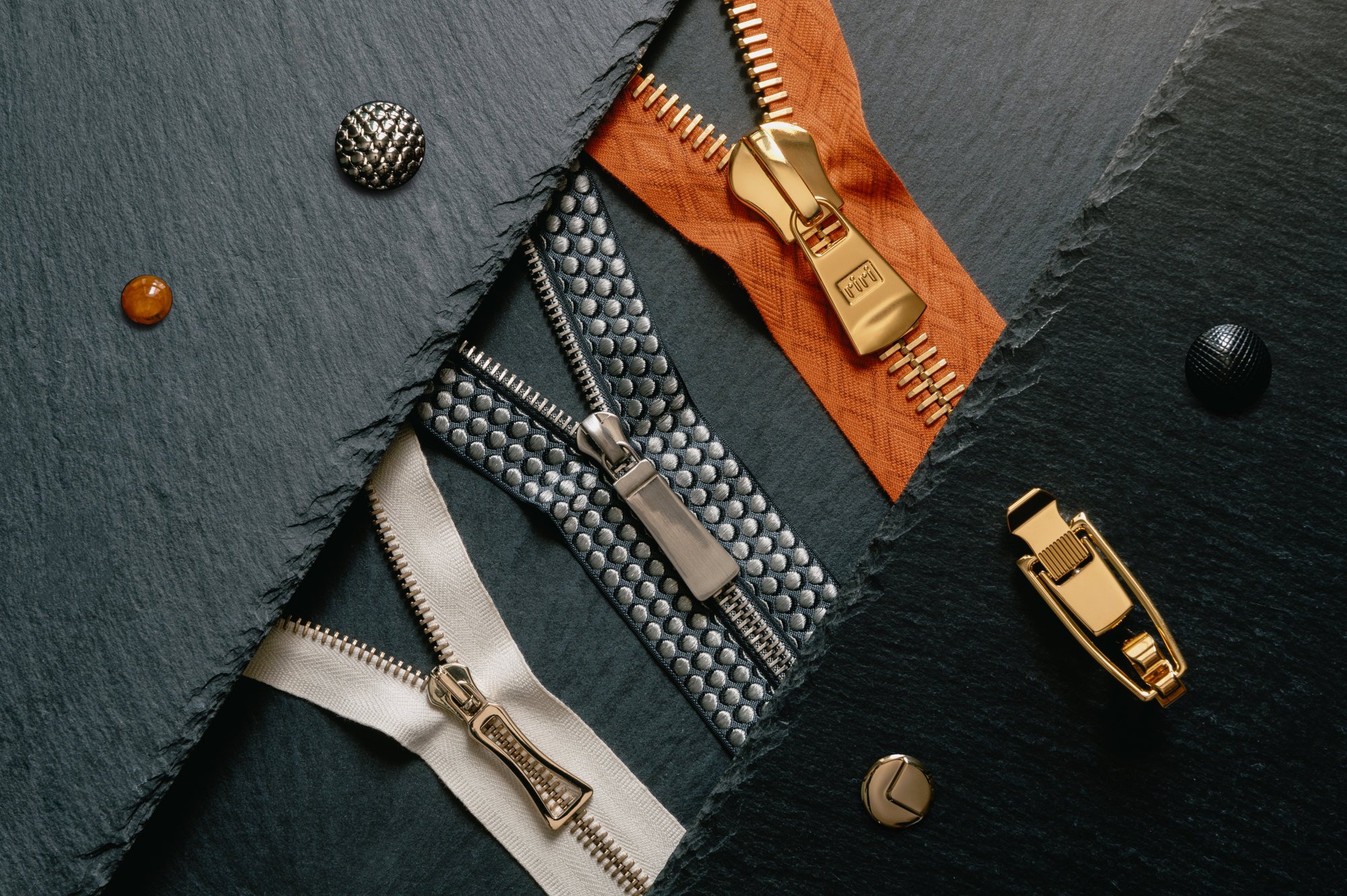
Once allied with these companies which are used to interpreting designers’ sketches, the combination “helped us to find the right language to explain what we’re doing, and suddenly the projects were moving”, says Tacke.
Founded in 1906, Oerlikon is a pillar of Swiss industry, and diversifying into luxury should provide it with a more stable income stream, given many of its activities are highly sensitive to the economic climate.
Its division specialising in equipment for textile machines is currently suffering from consumption falling with inflation.
During the Covid-19 pandemic, its coatings division was hit by shocks in the aeronautics and automobile industries.
Gucci, Louis Vuitton, Prada: how luxury brands and sports are growing closer
Gucci, Louis Vuitton, Prada: how luxury brands and sports are growing closer
Oerlikon saw its orders decline by 25.8 per cent in the third quarter of 2023 compared to the same period last year, to 567 million Swiss francs.
Its turnover fell by 15.9 per cent to 623 million Swiss francs on the same comparison.
This post was originally published on this site be sure to check out more of their content.



